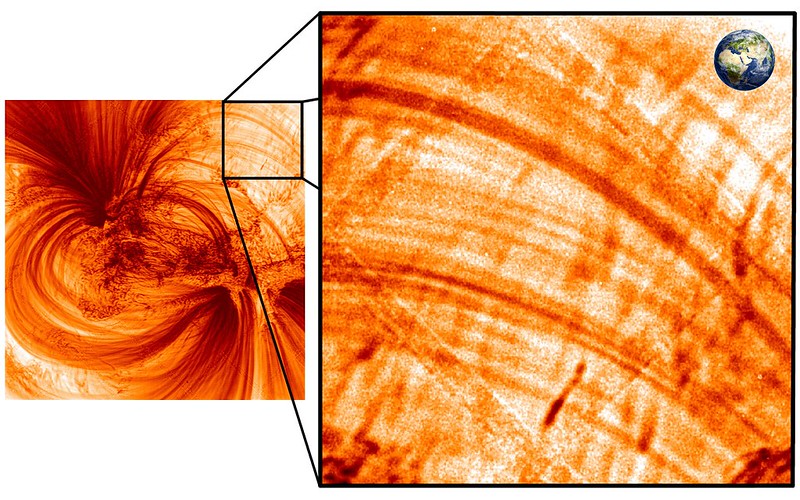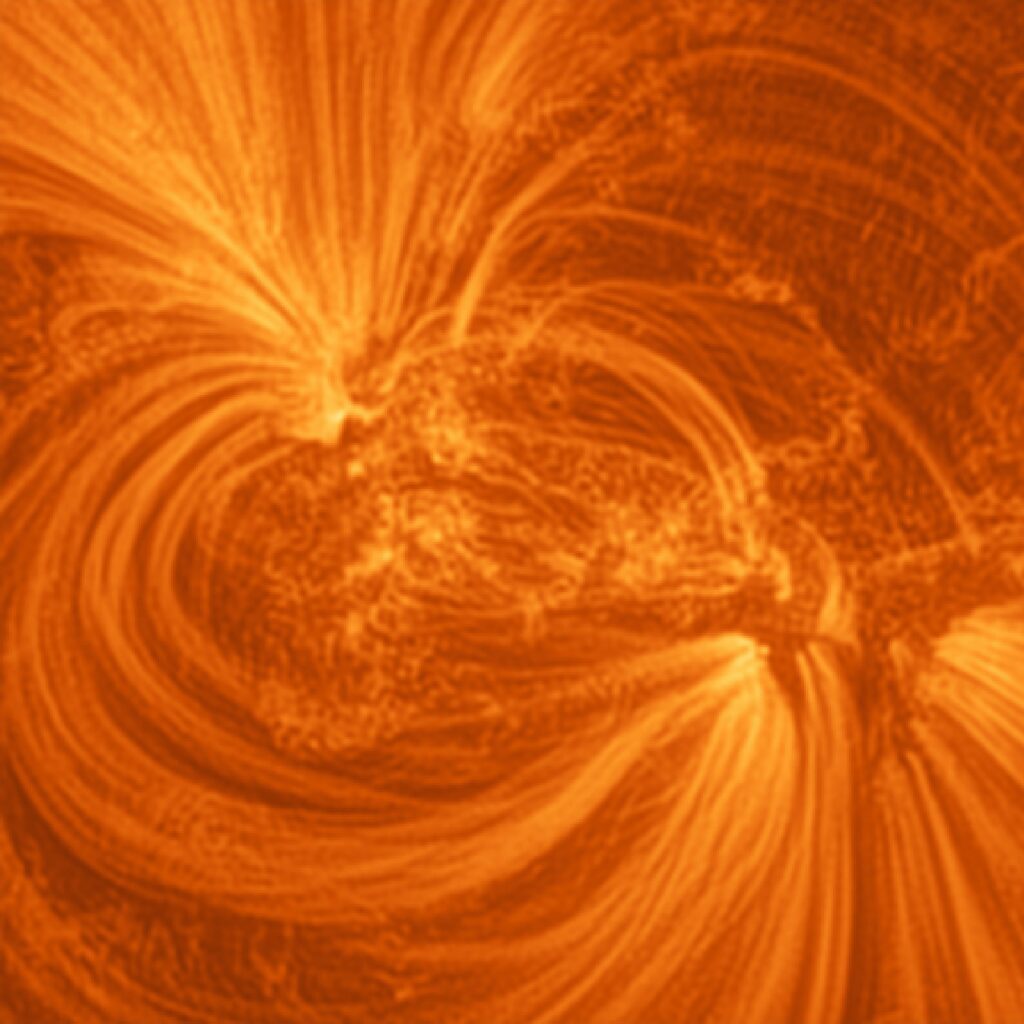The highest-ever resolution images of the sun have been unveiled by a group of British scientists working alongside NASA researchers, proving that the atmosphere of the sun is much more complex than we thought.

Analyzed by researchers at the University of Central Lancashire (UCLan) and collaborators from NASA’s Marshall Space Flight Centre, the images will now provide astronomers with a better understanding of the sun’s atmosphere.
Scorching glory
The images were taken by NASA’s High-Resolution Coronal Imager (Hi-C) telescope, carried into space on a sub-orbital rocket flight. The telescope can pick out structures in the sun’s atmosphere as small as 70km in size, or about 0.01% of the star’s total size.
Until now, certain parts of the sun’s atmosphere appeared dark or mostly empty, but the new images revealed strands that are about 500 kilometers (260 miles) in width with hot electrified gases flowing inside them.
“Until now, solar astronomers have effectively been viewing our closest star in ‘standard definition’, whereas the exceptional quality of the data provided by the Hi-C telescope allows us to survey a patch of the sun in ‘ultra-high definition’ for the first time,” Robert Walsh, professor of solar physics at UCLan, said in a statement.
Hi-C is a bit different from most telescopes since it’s launched on a sub-orbital rocket. On its last flight in 2018, Hi-C spent about five minutes snapping images of the sun from the edge of space. It returned to Earth through a parachute-assisted landing.
The exact physical mechanism that is creating these pervasive hot strands remains unclear, so the scientific debate will now focus on why they are formed, and how their presence helps us understand the eruption of solar flares and solar storms that could affect life on Earth.

The international team of researchers is now planning to launch the Hi-C rocket mission again, this time overlapping their observations with two sun-observing spacecraft currently gathering further data, NASA’s Parker Solar Probe and ESA’s Solar Orbiter (SolO).
Amy Winebarger, Hi-C investigator at NASA’s Marshall Space Flight Center, said: “These new Hi-C images give us a remarkable insight into the Sun’s atmosphere. Along with ongoing missions such as Probe and SolO, this fleet of space-based instruments in the near future will reveal the Sun’s dynamic outer layer in a completely new light.”
Tom Williams, a postdoctoral researcher at UCLan who worked on the Hi-C data, said in a statement that the images would help provide a greater understanding of how the Earth and sun-related to each other.
“This is a fascinating discovery that could better inform our understanding of the flow of energy through the layers of the sun and eventually down to Earth itself,” he said. “This is so important if we are to model and predict the behaviour of our life-giving star.”
The research has been published in the Astrophysical Journal.






